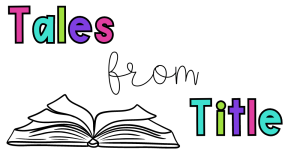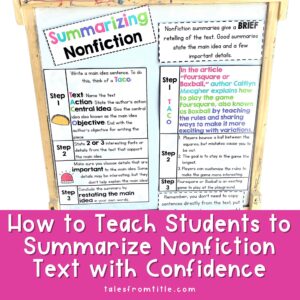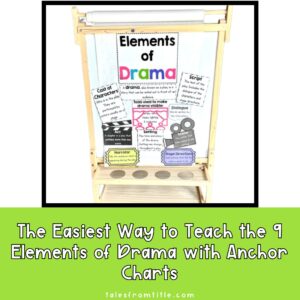In the world of education, teachers are always looking for innovative ways to engage and empower their students. One powerful tool that I think all teachers need to be utilizing in their classroom is the anchor chart.
Anchor charts do more than just look good. They are also informative displays that benefit both teachers and students. In this blog post, we are going to look at the reasons why every classroom should utilize anchor charts.
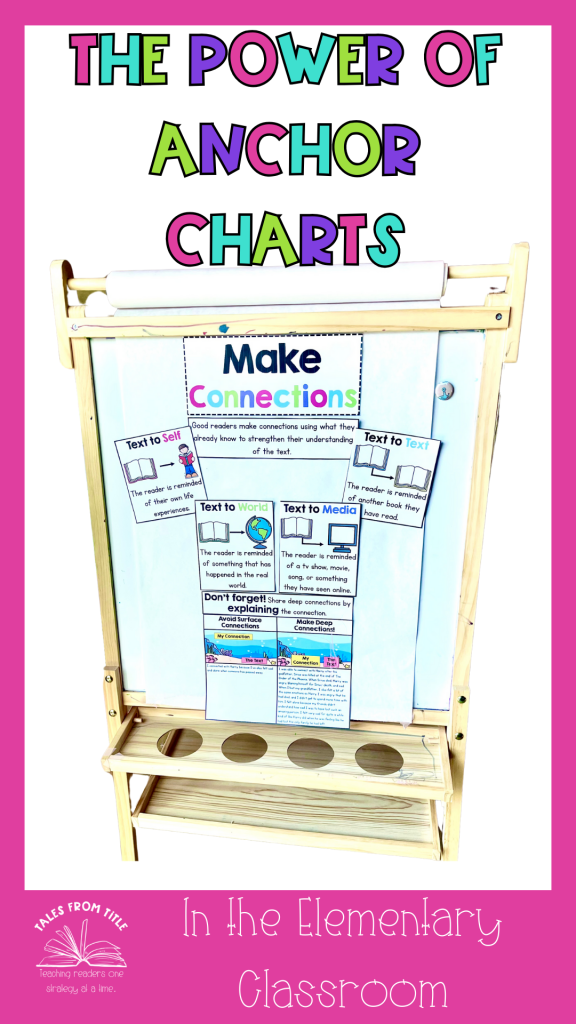
1. Visual Reinforcement
You know how pictures and colors can make things more exciting? Well, anchor charts are like that. They’re colorful posters that help students remember what they’ve learned in class. Whether it’s reading comprehension skills, math operations, grammar rules, or science processes, these posters remind students what they need to know. Plus, the visuals pieces we add (clipart and/or doodles) also contribute to a students ability to recall the lessons and activities they’ve participated in on the topic.
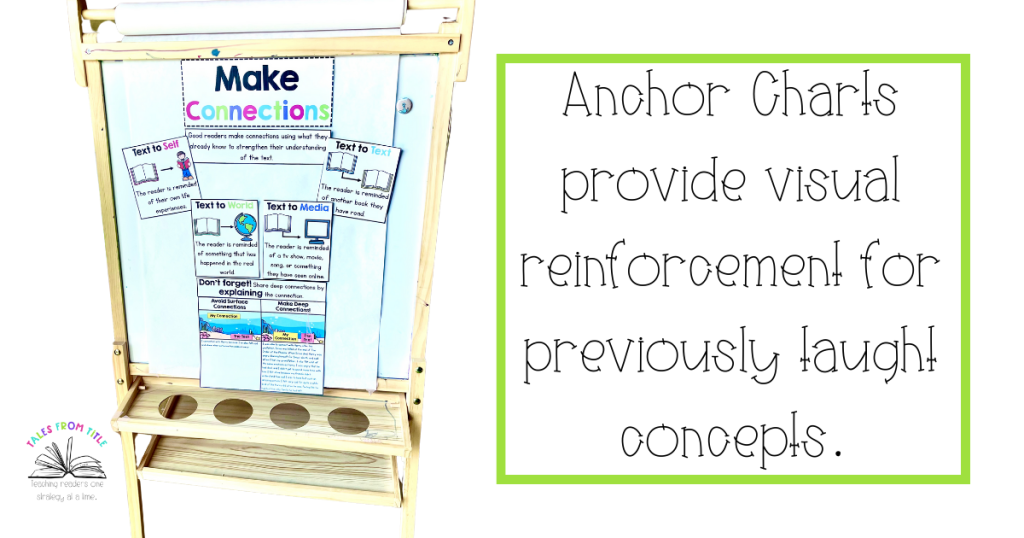
2. Student Engagement
Creating anchor charts with your class is a collaborative effort that will pay off in the long run. Involving students in the creation of the anchor chart encourages active engagement and demonstrates students’ understanding of the topic. Plus, when students take ownership and help create anchor charts, they are more likely to refer back to them when working independently.
3. Organized Information
Let’s face it, in today’s classroom learning has to take place at breakneck speed. Keeping information organized for students is vital for their success. Anchor charts condense and organize information in a visually appealing way, making it easier for students to understand topics. No matter the topic, these charts act as a structured roadmap for students, enhancing their ability to grasp and retain information.
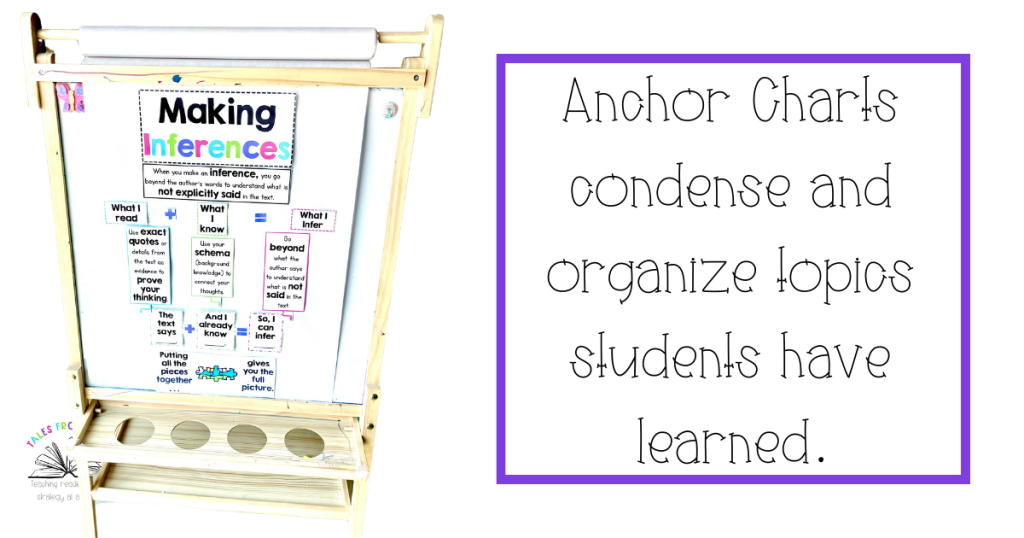
4. Reference for Differentiation
Every student learns at their own pace, and anchor charts can be awesome tools for differentiation. Teachers can create multiple charts to cater to various learning levels, allowing students to refer to the chart that best suits their needs. This personalized approach ensures that every student has access to the information they require, fostering a more inclusive learning environment.
5. Language Development
For young learners, language development is a crucial aspect of their education. Anchor charts contribute to language development by providing a visual representation of vocabulary and concepts. Through labels, definitions, and examples, these charts support language growth, helping students comprehend and discuss new ideas more effectively.
6. Classroom Culture
Anchor charts contribute to the overall classroom culture by creating a print-rich environment. As students glance around the room, they are surrounded by visual cues that remind them of previous lessons and concepts. Creating this type of atmosphere helps to establish a positive and supportive learning environment, where students feel encouraged to explore and inquire.
Conclusion
Incorporating anchor charts into the classroom is a small investment with significant returns. These tools enhance visual reinforcement, foster student engagement, and support language development. Anchor charts play a crucial role in creating a dynamic and effective learning environment. However, not everyone was blessed with the ability to make eye-catching charts (ahem, me). If you are also someone who struggles to create anchor charts that are meaningful and nice to look at, check out my fiction anchor charts in my TPT store. They come with print and go, build your own anchor chart, digital options, and student sized options.
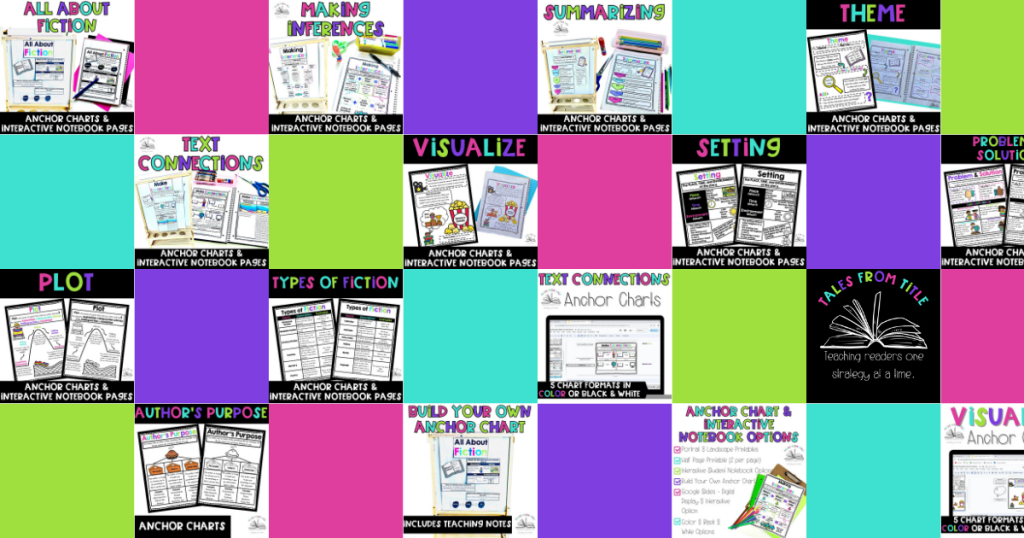
Do you use anchor charts in your classroom? Tell me about the benefits you’ve seen from using them in your classroom in the comments section.
